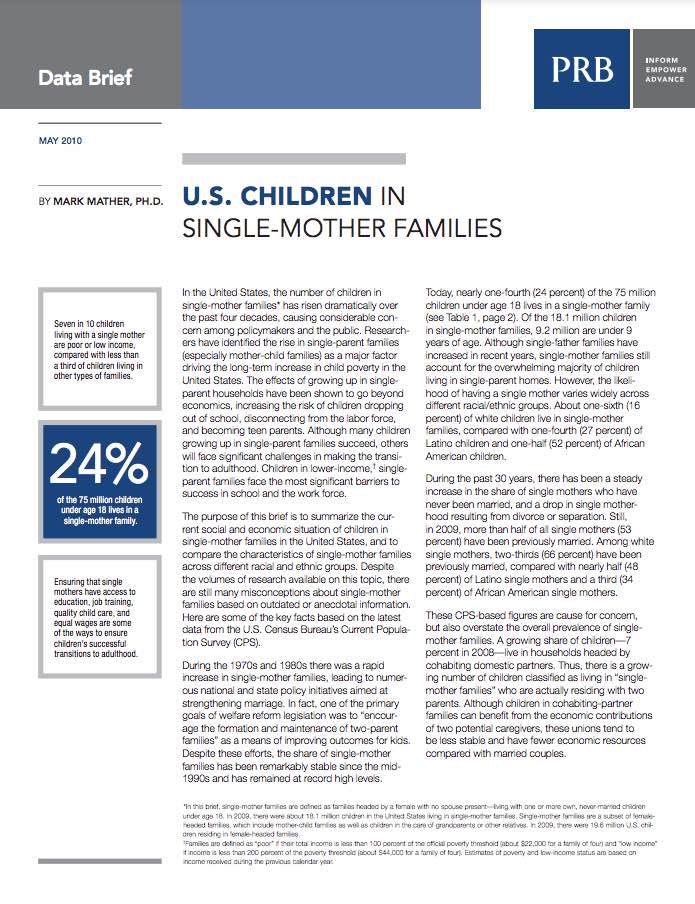PRB Discuss Online: Managing Unauthorized Migration
(2008) Unauthorized migration is a major issue in the United States and many other countries, sometimes generating intense publicity and debate.
(2008) Unauthorized migration is a major issue in the United States and many other countries, sometimes generating intense publicity and debate.
(2002) According to the World Health Organization (WHO), around 300 million people worldwide suffer from malaria each year resulting in at least 1 million deaths.
(2012) Of the 48 least developed countries in the world, 33 are located in sub-Saharan Africa. At the same time, this region stands out with the highest birth rates in the world.
(April 2006) Populations in developing countries will be aging rapidly in the coming decades: The number of older persons (those age 65 or older) in less developed countries is expected to increase from 249 million to 690 million between 2000 and 2030.

(2010) In the United States, the number of children in single-mother families has risen dramatically over the past four decades, causing considerable concern among policymakers and the public.
(2012) Noncommunicable diseases (NCDs), also referred to as chronic diseases, are the leading causes of death worldwide.

PRB identifies factors predicting where children under age 5 are more likely to be missed in the 2020 Census and develops a new undercount risk measure for young children.